VMware CEO On Nutanix-Red Hat Pact, Dell Spin-Off And Stock
VMware CEO Raghu Raghuram talks to CRN about the benefits of the upcoming spin-off from Dell Technologies, VMware’s recent stock drop, SaaS driving more innovation and his thoughts on the new Nutanix and Red Hat partnership.

Raghuram ’Not Concerned’ With Nutanix-Red Hat Partnership
VMware CEO Raghu Raghuram is not competitively “concerned” about the new partnership between Red Hat and rival Nutanix around hyperconverged infrastructure and Kubernetes.
“The No. 1 platform for running Red Hat in the enterprise is VMware,” said Raghuram in an interview with CRN. “So even though Tanzu and OpenShift are in some ways alternatives for each other for the customer, the No. 1 OpenShift platform in the enterprise is VMware.”
VMware generated $3.14 billion in revenue during its recent second fiscal quarter, representing an increase of 9 percent year over year, while subscription and Software-as-a-Service (SaaS) sales jumped 23 percent to $776 million.
Raghuram talks to CRN about VMware’s recent stock drop, his bullish thoughts on its upcoming spin-off from Dell Technologies, why innovation will increase at VMware thanks to SaaS, and the best leadership advice he’s received as the new CEO.
“Michael Dell basically said, ’Forget that you’ve been a VMware employee for the last 18 years. Walk in and look at everything with fresh eyes,’” said Raghuram.
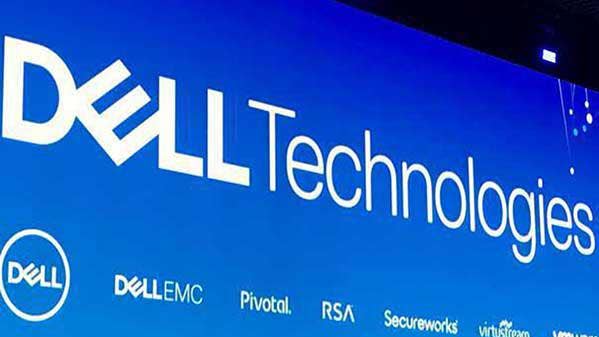
With VMware’s spin-off from Dell Technologies just weeks away now, what will be the biggest benefit for VMware as an independent company?
If you think about multi-cloud, what we really are saying is that we want to be the Switzerland of the industry. So if you want to be the Switzerland of the industry, then you want to be a stand-alone independent company, and that’s where we are headed.
It will allow partners that previously were competitors of Dell to now look at VMware with new life and say, ’Hey, we can do strategic things with VMware.’ But at the same time, we have a fantastic relationship with Dell, who we do a tremendous amount of business with. We have certified that into a commercial framework agreement and a technology agreement that allows for continued deepening technology and business collaboration with Dell. So we think it will be a best-of-both-worlds situation. From a capital structure point of view, the capital structure will obviously be simpler and will allow us to have more flexibility and growth.
How will VMware’s new capital structure help with growth and flexibility?
Dell previously acquired roughly 80 percent of the shares. Because we are not controlled by Dell, now there is a broader shareholder base and it also gives us flexibility to use equity along with cash to do M&A, for example. That’s just one example. So the financial considerations that go into capital structure, whether it’s the combination of debt, equity, etc., it gives us a lot more flexibility from that point of view.
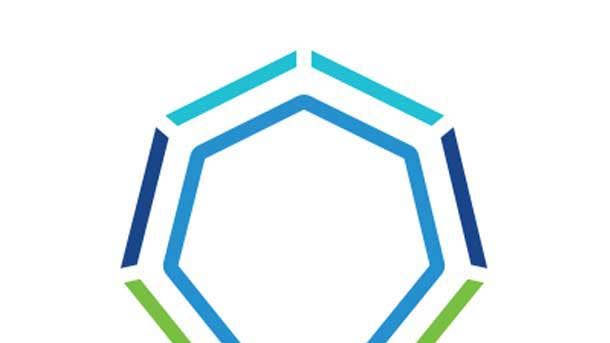
Nutanix and Red Hat just announced a big partnership around HCI and Kubernetes. What’s your thoughts on that from a competitive standpoint?
We are in a very dynamic industry and marketplace where there are all sorts of these types of things happening every day.
The No. 1 platform for running Red Hat in the enterprise is VMware. So even though Tanzu and OpenShift are in some ways alternatives for each other for the customer, the No. 1 OpenShift platform in the enterprise is VMware.
So we work well with Red Hat and, at the same time, Red Hat is an alternative product to Tanzu. But let’s step back and think about, ’What are customers trying to do?’ They’re trying to modernize the application portfolio that they have. In order to do that, VMware has all the pieces from helping them build the application with Tanzu to helping them run the application with all of the infrastructure offerings that we have—on any cloud by the way—and then managing and security. So it’s the breadth of our portfolio that’s a significant advantage for our customers and the fact that the customers can use one platform for not just OpenShift, but for Tanzu, for their AI applications, for their SAP applications, you name it. So that’s really the strength of our offering.
So we are not concerned about the Red Hat-Nutanix partnership because our focus is on making our platform fantastic for any application and continuing to be the best platform for OpenShift, which we are today.

After earnings last month, VMware’s stock price dropped. As CEO, how do you view VMware’s stock and do you follow it on a daily basis?
I’m certainly aware of the stock price, but I don’t follow it daily. We try to set our strategy and our operating plan based on the customers in the market and what we can uniquely do for the customer. During the course of doing that, there’ll be ups and downs.
I mean, I’ve been at VMware for 18 years. I’ve been here when the stock was around the $30s [per share]. Then the stock was in the hundreds, it was in plus-$200 [per share], it’s come back—so it’s been all over the place. So I don’t pay too much attention on a day-to-day basis.
What I’m really focused on both from an investor point of view and from an employee point of view is unlocking the value of our innovation and how we can deliver value to our customers. If we’re able to do that, then I think the stock takes care of itself.
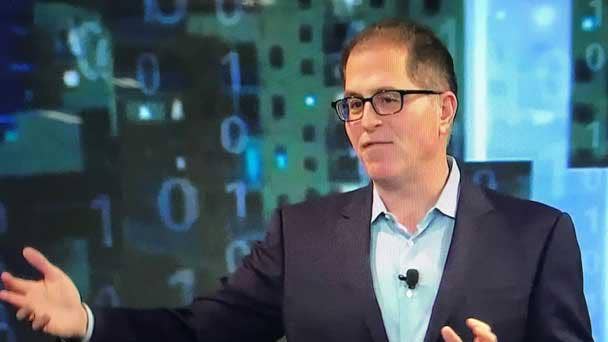
What’s the best advice have you received as CEO?
[Dell founder and CEO] Michael Dell basically said, ‘Forget that you’ve been a VMware employee for the last 18 years. Walk in and look at everything with fresh eyes.’ And, of course, he said to talk to a lot of customers, which I always do.
Then he said, ‘Look at where the customers are. Look at what VMware is doing with a fresh set of eyes around how does it map to where customers are going.’ That is a little harder than it seems because I’ve been here for a long time. There are a lot of things in this company that are things I initiated and I believe in a lot. So it takes some amount of mental discipline to come in to truly look at it as though it’s day one. It was really great advice Michael gave me.
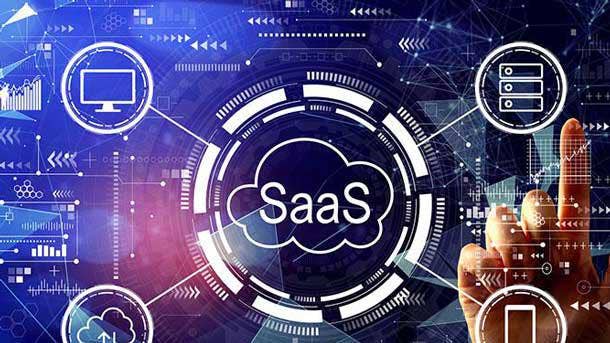
You said VMware’s transition to SaaS will increase the rate of innovation. Can you double down on how that will work?
Yes. Typically, when your customers are using a SaaS version of the product, there is only one version that VMware is responsible for. So we are responsible for introducing new versions of that software, updating it and so on and so forth. But when we sell back-end software to the customer, the customer can keep an older version of software around for five years.
We’ve learned to support them for those five years, which means that some of our resources are going there. So the customer really is not taking advantage of all of the things that have happened in the last five years and all of innovations we’ve been able to bring to the market in the last five years. So that’s why.
Think about it as if you’re on a phone and you have 100 apps on the phone. And sometimes you just don’t update the app even though there are some new and fancy things that the app developers built since you download the app, right? That is a situation that customers who are in control of their own updates can do.
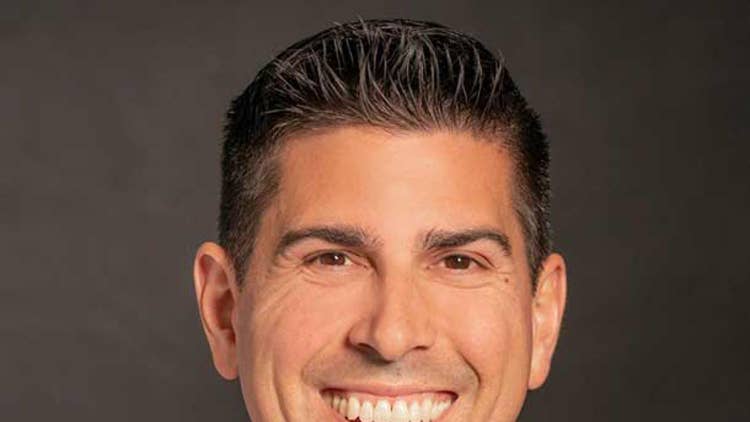
You just selected Kit Colbert as the new CTOof VMware, who’s been with the company just as long as you. What will Kolbert bring to the table as CTO?
For starters, he’s younger and better looking than me [laughs]. He also has a vibrant social media presence.
Look, Kit’s a great guy. He’s been here for a long time. I’ve known him since he was an engineer. He’s really smart, really good with customers, and is very good at forecasting and predicting where the technology should be going. So he brings all of that ability to put all the puzzle pieces together and collect the trend lines. So that’s a big thing that he brings.
The second thing that he brings, of course, is being a cultural ambassador. He’s been here for a long time. He truly understands our innovation and customer-centric culture. From that point of view, he will be a great ambassador for VMware out in the open community. So that’s what he’ll bring.
The third is he’ll be a talent magnet. He is a talent magnet today and in his new position, he’ll be even more of a talent magnet.
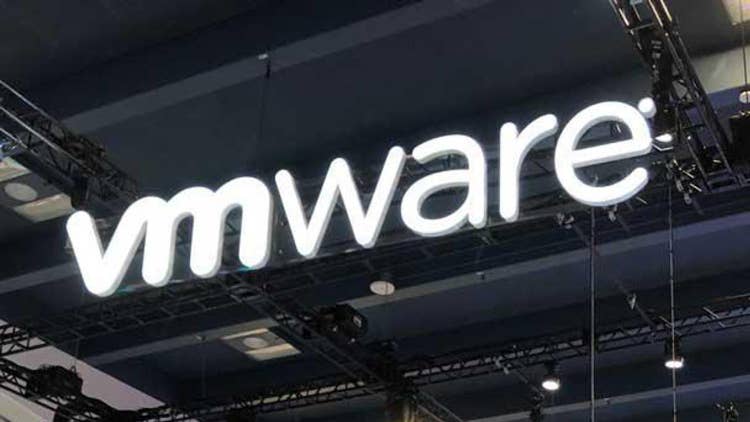
What's your message to channel partners with the Dell spin-off approaching on top of a successful second quarter?
There’s a whole world of opportunity for solution providers and channel partners. The industry is going into this distributed era that we’re calling ’multi-cloud computing.’ Customers are not going to be able to do it for themselves. They need not only VMware, but they need the solution provider partners that can take our technology, as well as other people’s technology, and make multi-cloud easy. So that’s really the giant opportunity that is in front of our solution providers.
At VMware, we are doing a number of things to make it easier for solution providers, in addition to making it easier for our customers. So we are very excited to be working with our solution providers in this multi-cloud computing era.